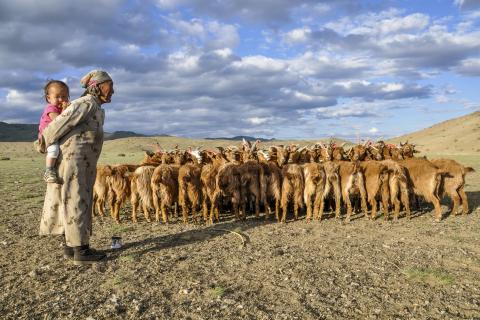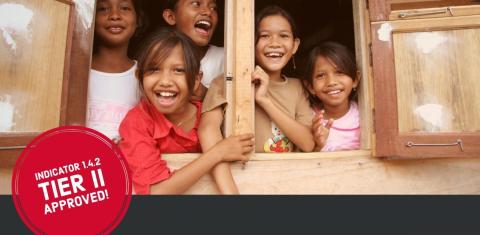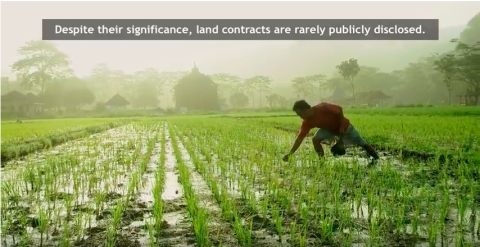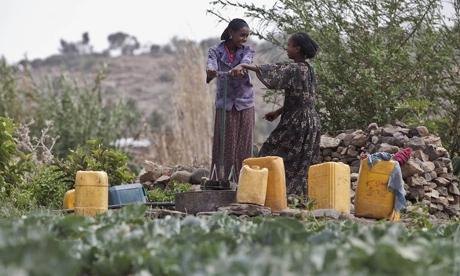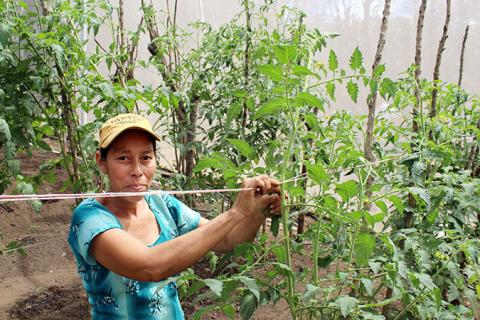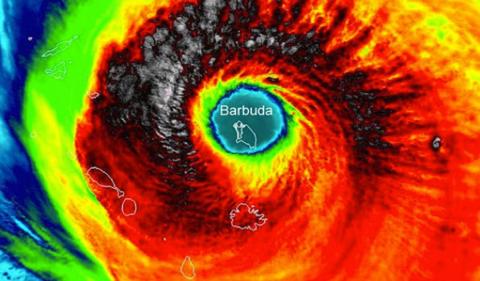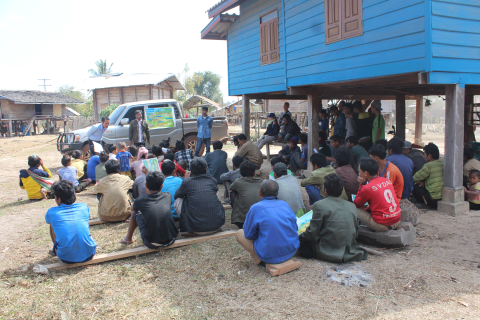Discover hidden stories and unheard voices on land governance issues from around the world. This is where the Land Portal community shares activities, experiences, challenges and successes.
 Follow our
Follow our
Sustainable Development Goals
Blog Series!
Interested in land corruption?
Follow our Land & Corruption Blog Series
for in-depth perspectives from the experts.
Issues
Geographical focus
Ask a land rights defender if there is a human right to land, and she will likely say “Yes, without a doubt.” For people around the world, land is a source of food, shelter, and livelihoods; it’s an economic asset, a crucial safety net, a link with culture and social identity, even a living relative or ancestor. Given their importance, land rights are surely human rights.
From 11-14 November in Bahrain, decisions are being made that will influence priorities of governments around the world.
In September 2015, at a meeting of the United Nations General Assembly, 193 countries endorsed the 2030 Sustainable Development Goals – known as the SDGs or Global Goals. This collection of 17 ambitious goals and 169 targets form a framework to address the global challenge of eradicating poverty.
On 12th November 2017, the 6th meeting of the Inter-agency and Expert Group on Sustainable Development Goal Indicators (IAEG-SDGs) reached a major decision to reclassify tenure security Indicator 1.4.2 from Tier III to II in Manama, Kingdom of Bahrain. This decision marks the beginning of a global journey to monitor tenure security for all, using comparable land indicators for globally comparable data.
The Columbia Center on Sustainable Investment (CCSI) (link is external) spoke with Michael Jarvis, Executive Director of the Transparency and Accountability Initiative (TAI), about OpenLandContracts.org, how the landscape regarding contract transparency has changed in recent years, and what these changes mean for stakeholders seeking to improve governance and accountability in the context of natural resource investments.
As part of the recent peace accords, Colombia is returning land to the victims of a 50-year internal armed conflict. This includes the protection of women's fundamental rights, which is especially important because the violence and forced displacement had a higher impact on rural women.
A relatively obscure and technical determination earlier this week by a relatively little-known international body could mean a sea change in economic and social empowerment prospects for hundreds of millions of women and their families. Insecure rights to land constrain opportunity for over 2 billion people living in urban and rural informality. And women fare the worst.
Five weeks ago ‘A land rights storm brewing in Barbuda’ was reprinted on this portal. This told the sorry tale of the Prime Minister of Antigua & Barbuda using the catastrophic damage wrecked on the island by Hurricane Irma as the excuse to get rid of the collective ownership of Barbudans of their island once and for all.
On Nov. 13 in Bahrain, the Inter-Agency Expert Group on the Sustainable Development Goal Indicators voted to reclassify SDG Land Indicator 1.4.2 from Tier III to Tier II status. This is a significant win for the property rights community, and a validation that a coordinated effort from many different players can indeed make a difference.
However, the road there was not easy.
A civil society perspective on engaging with the private sector
Towards SDG 17: Partnerships for the Goals

